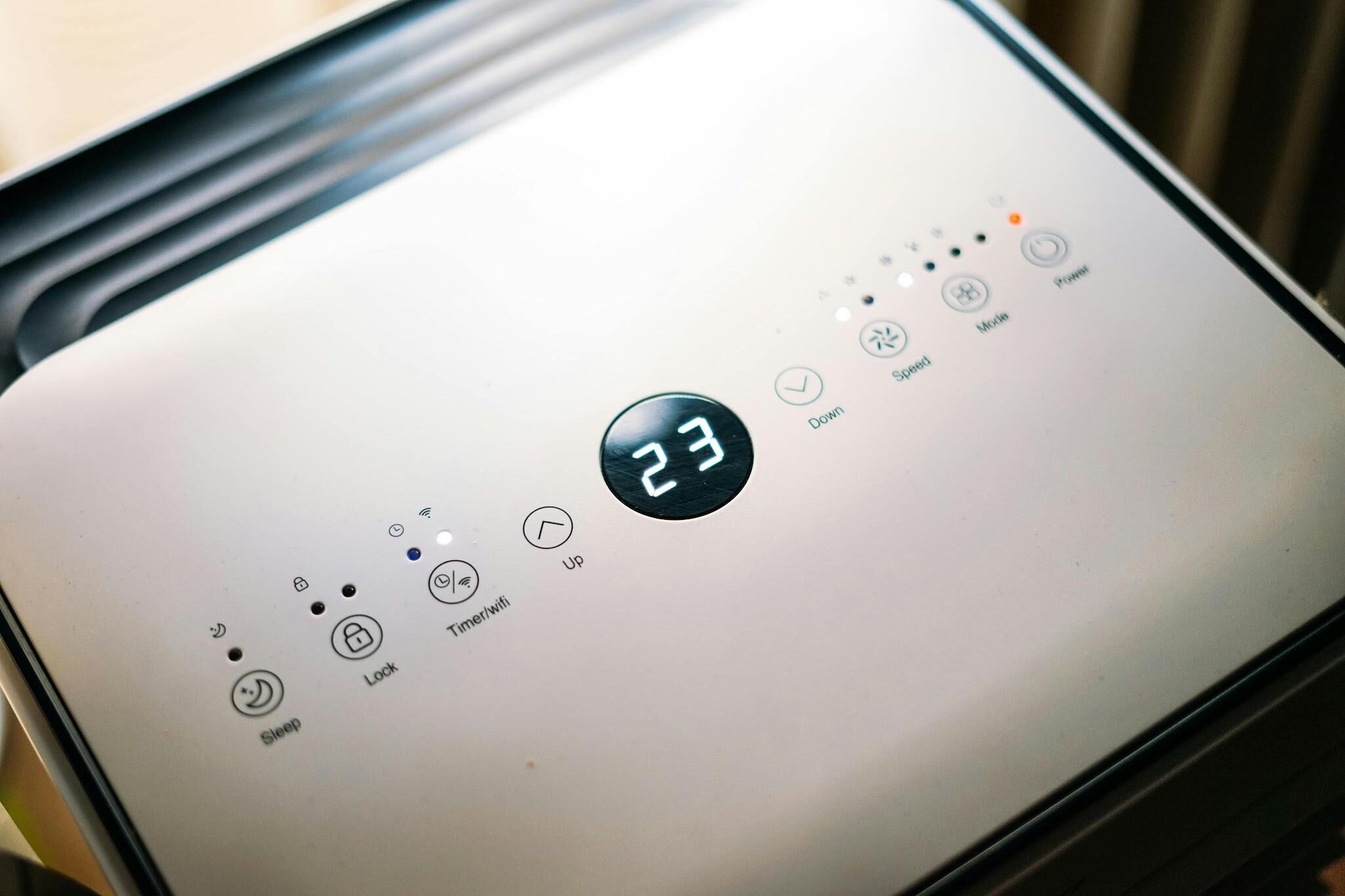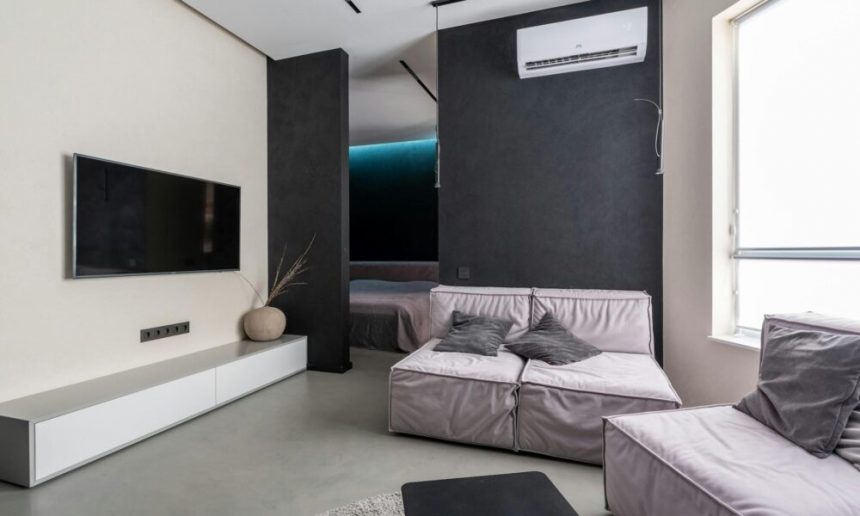As global temperatures continue to rise and energy costs climb, efficient cooling systems are a necessity. Traditional air conditioning units, while effective, often consume large amounts of energy and struggle to keep up with modern sustainability standards. Advancements in technology have transformed the way air conditioners operate, making them smarter, more efficient, and environmentally friendly. From intelligent thermostats to inverter technology and eco-friendly refrigerants, new tech is revolutionizing the HVAC industry. This article explores six key innovations that are significantly enhancing the efficiency and performance of modern air conditioning systems.
Smart Thermostats and Remote Control
One of the most impactful advancements in air conditioner efficiency comes from smart thermostats and remote monitoring. These devices learn users’ preferences, automatically adjusting temperature settings to balance comfort and energy consumption. Wi-Fi-enabled systems allow homeowners to control their AC units remotely via smartphone apps, ensuring that cooling only happens when necessary. Smart thermostats can factor in outside weather conditions and occupancy patterns, fine-tuning performance for optimal results. This intelligent temperature management significantly reduces energy waste, mostly in homes and offices where cooling needs fluctuate throughout the day.
Machine Learning for Predictive Maintenance
Machine learning is transforming how air conditioning systems are maintained by enabling predictive maintenance that anticipates issues before they become serious problems. By analyzing data from sensors embedded in HVAC units, algorithms can detect patterns indicating potential failures or efficiency drops. For homeowners and businesses relying on services such as rockwall tx air conditioning repair, this means technicians can address maintenance needs proactively rather than reactively, reducing downtime and costly repairs. Predictive maintenance ensures that systems run smoothly and efficiently, extending their lifespan while saving energy. As this technology advances, it increasingly becomes a standard feature in modern cooling systems, offering smarter, more reliable operation without the guesswork of traditional maintenance schedules.
Inverter Compressor Technology
Traditional air conditioners use fixed-speed compressors that operate in an all-or-nothing mode, either fully on or completely off. Inverter technology adjusts the compressor speed based on cooling demands. This results in consistent temperatures, reduced energy use, and longer-lasting equipment. Inverter ACs eliminate the energy surge associated with startups and minimize temperature fluctuations, offering a more comfortable environment while lowering electricity bills. The precise control that inverter compressors offer makes them a key feature in modern air conditioning units seeking to maximize efficiency and performance.
Zoning Systems for Targeted Cooling
Zoning systems represent another leap forward in energy-efficient cooling. Instead of cooling an entire home or building uniformly, zoning allows different areas to be cooled independently. Motorized dampers in the ductwork and individual thermostats in each zone ensure that energy is only used where it’s needed. This eliminates the common issue of overcooling unused rooms, which is especially beneficial in larger homes or office buildings. Zoning systems enhance comfort by giving occupants control over their environments, and they substantially reduce energy consumption.
Eco-Friendly Refrigerants
The type of refrigerant used in air conditioning units has a direct impact on efficiency and environmental footprint. Older systems typically rely on refrigerants like R-22, which have high ozone depletion potential. Newer models now use eco-friendlier alternatives such as R-410A or R-32, which offer better energy efficiency and significantly lower environmental impact. These modern refrigerants absorb and release heat more effectively, allowing air conditioners to cool spaces using less energy. Regulatory bodies around the world are increasingly mandating the phase-out of harmful refrigerants, encouraging the adoption of greener options across the industry.
Energy Recovery Ventilation Systems
Another noteworthy innovation is the integration of energy recovery ventilation (ERV) systems with air conditioners, offering comfort and efficiency. ERVs enhance indoor air quality by continuously replacing stale indoor air with fresh outdoor air, all while conserving energy. They achieve this by transferring heat and moisture between the two air streams, minimizing the energy needed to cool or heat incoming air. During hot summer months, ERVs pre-cool the incoming air, easing the burden on the air conditioner. In winter, they retain warmth from the outgoing air, reducing heating demands. This process improves HVAC system performance and results in lower energy bills and a healthier, more comfortable indoor environment year-round.

Innovations in air conditioning technology are making our indoor environments more comfortable and helping to address global energy and environmental challenges. From smart thermostats to AI-driven maintenance and sustainable refrigerants, these technological advancements are vital tools in building a more energy-efficient future. As these systems become more accessible and affordable, homeowners and businesses stand to benefit from lower utility bills, improved comfort, and a reduced carbon footprint. Investing in modern, high-efficiency air conditioning technology is no longer just about luxury. It’s a smart and responsible choice for long-term sustainability.








